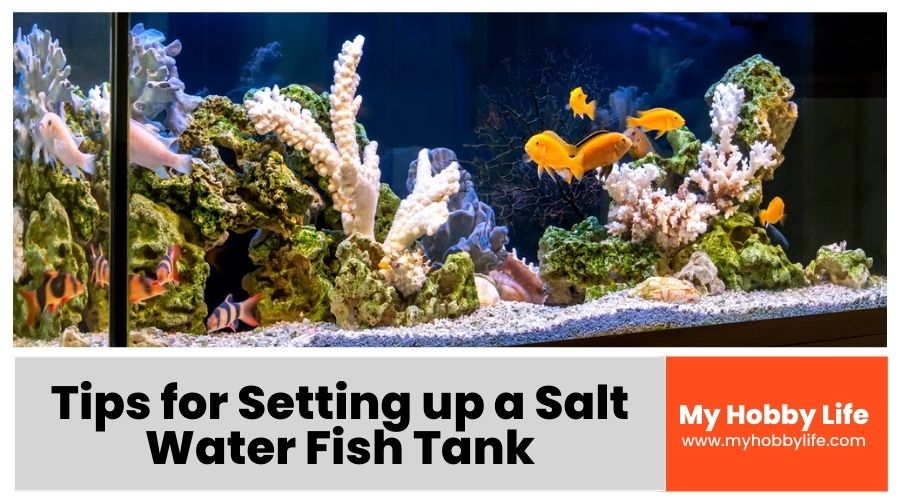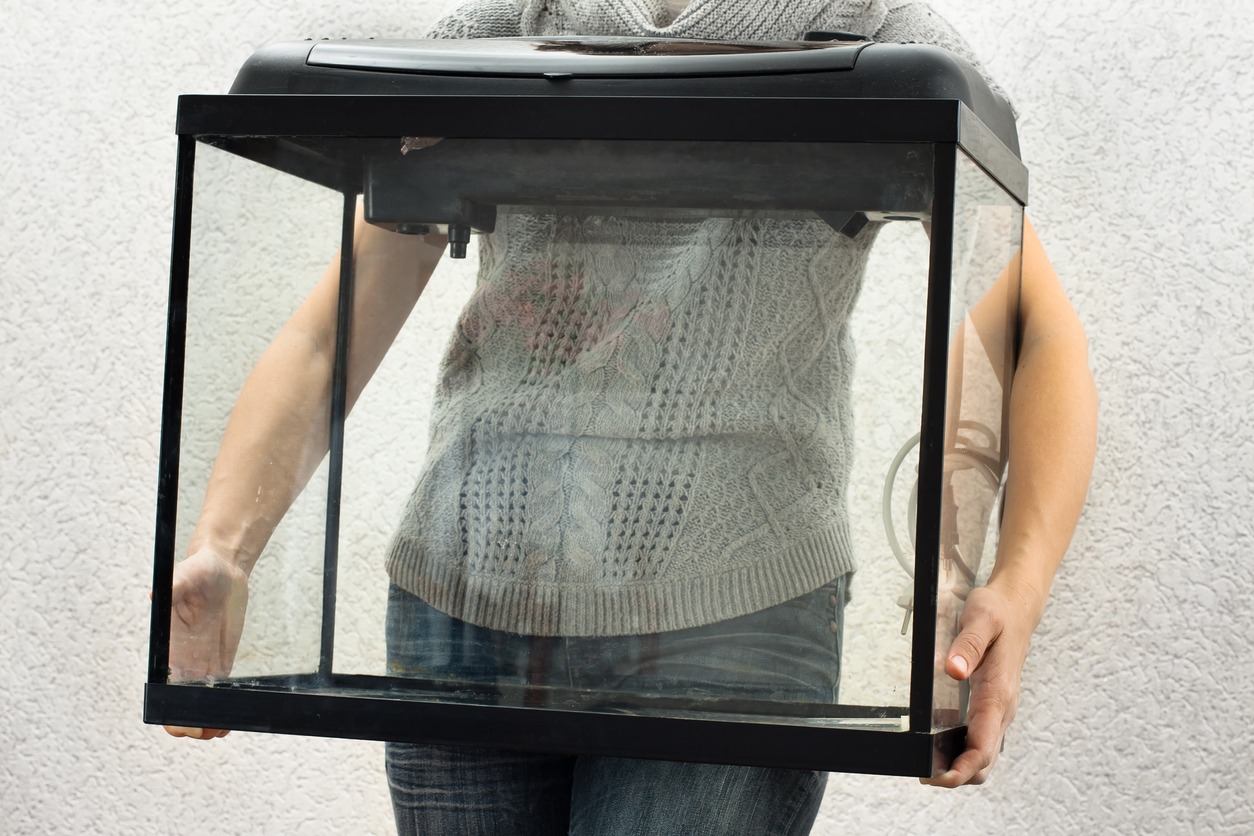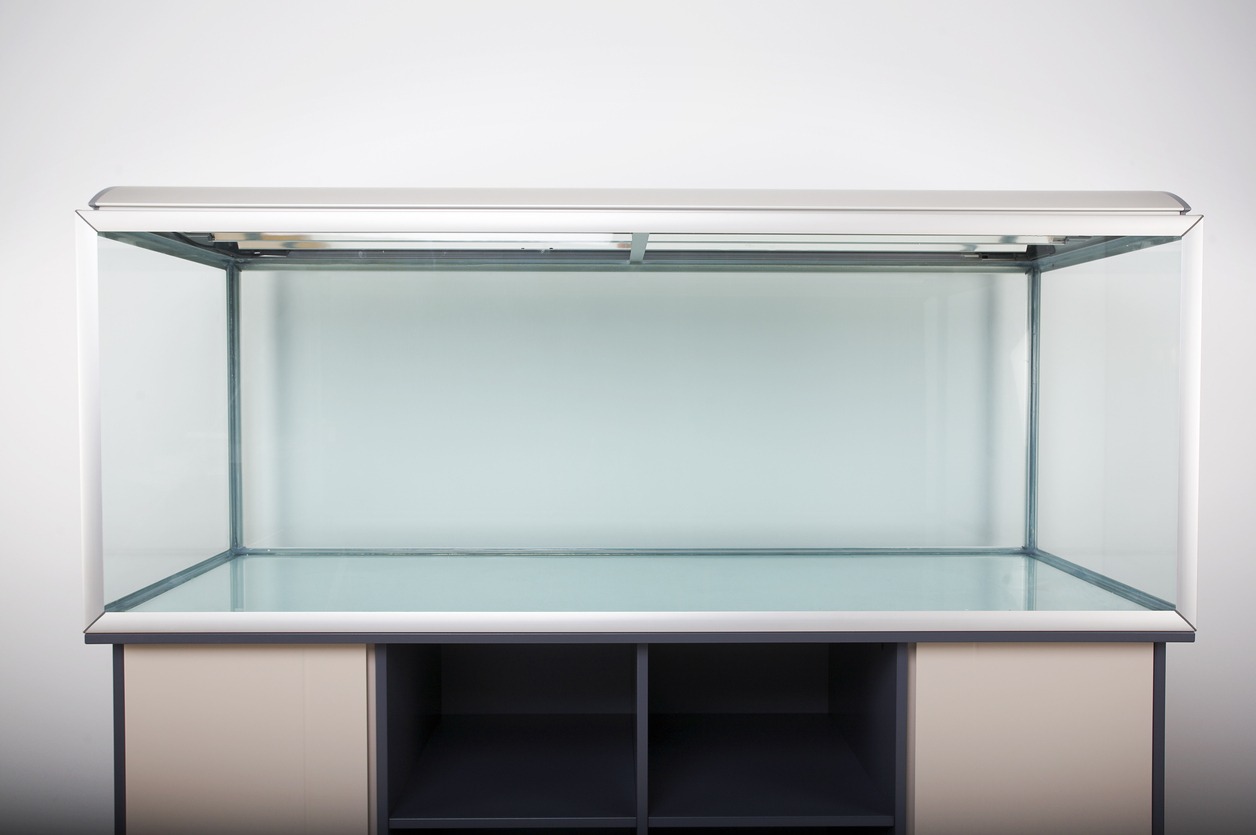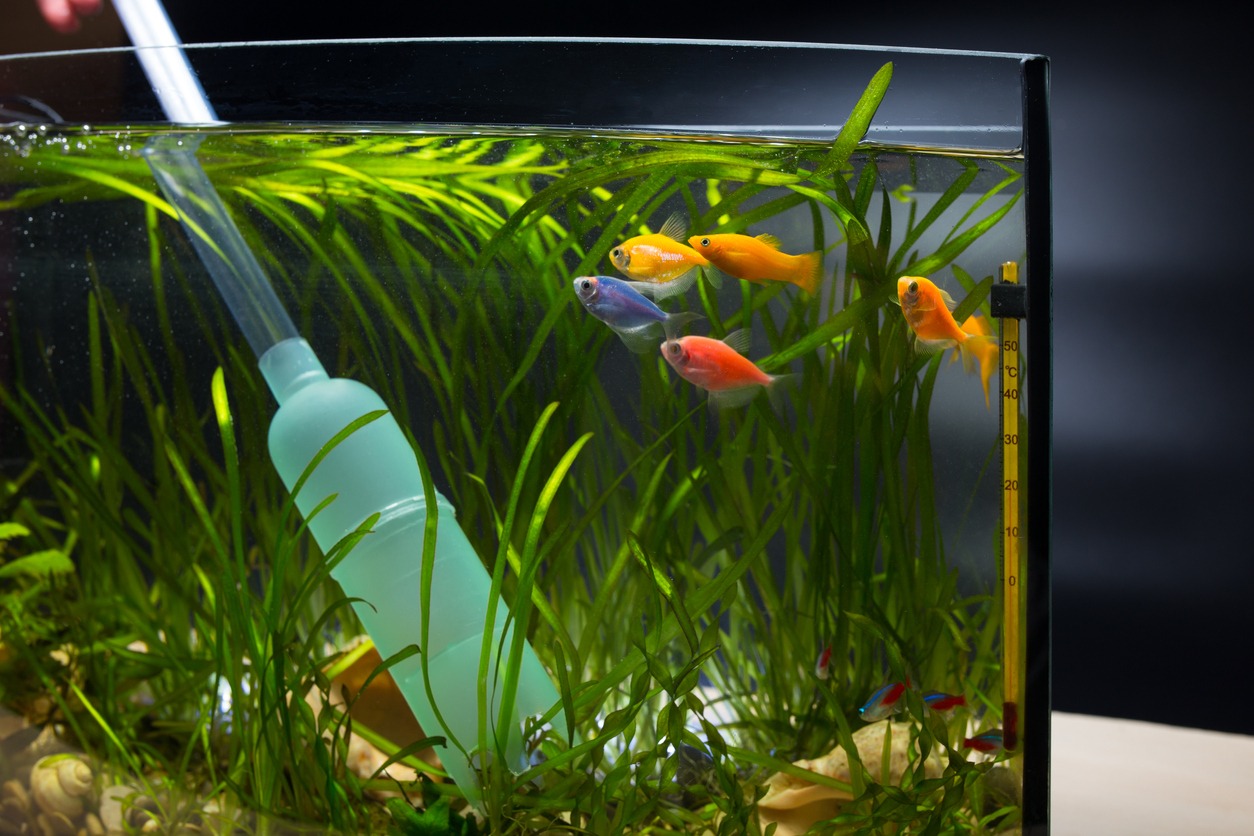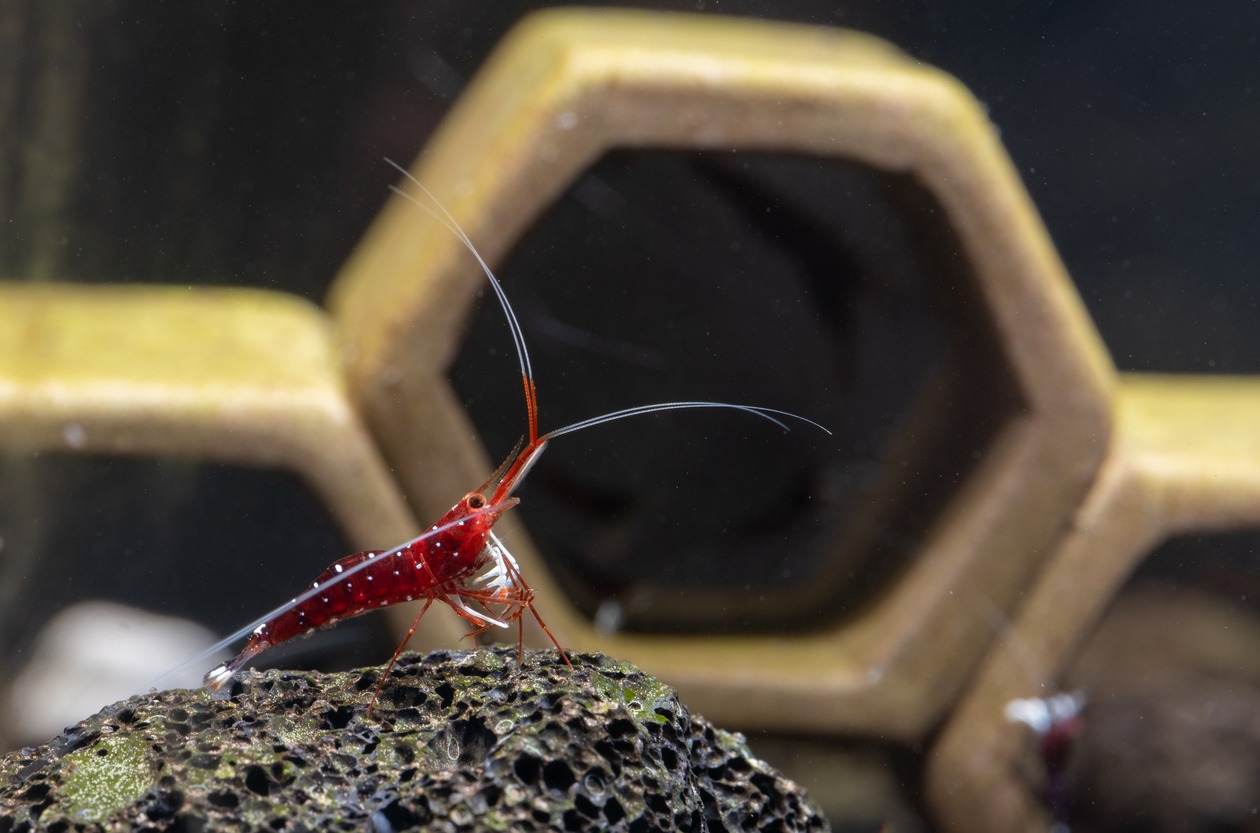It can be difficult at first to replicate the splendor of the ocean’s depths using a saltwater fish tank. A saltwater or marine fish tank, however, may be pretty simple to set up if you take the appropriate precautions. It’s also useful if you have the right tools available. We’ll go through some of the procedures for setting up a saltwater aquarium and the supplies you’ll need to maintain your fish healthy:
Setting up the tank
The location of your saltwater tank is crucial since it will have a direct impact on the health and quality of any fish or other marine life you put in the tank. Make sure the environment isn’t too windy or drafty. Additionally, positioning the aquarium in direct sunlight or near other sources of extreme heat is not advised. When you are cooking, for instance, the kitchen may heat up quickly before cooling off at night.
Placing your aquarium where it can receive the ideal temperature, which is neither too hot nor too cold, is the best course of action. Avoid placing the aquarium in a busy area, but make sure it is prominently displayed so that you and others can enjoy it. Make sure you allow enough room for the equipment and electrical connections. You can keep an eye on the water’s temperature in the tank with the use of a thermometer.
Establishing a Saltwater Aquarium
If you love saltwater fish and want an aquarium for your hobby, you need be aware of how to correctly set up the tank. Even if you hire someone to set everything up for you, it is your duty to see that the following procedures are followed:
Lighting, Sumps, and Tank Types
If your budget permits, purchase the largest aquarium you can. You should, at the very least, get an aquarium that will fit in the space you have. In order to achieve the most stable water environment possible, a large aquarium is advised.
Consider buying a tank with pre-drilled holes for overflow, you can also drill the holes yourself or have them drilled by aquarium or pet supply retailers. You might want to think about purchasing an aquarium with an “internal overflow,” which will help to maintain the water level within while also regularly clearing the film and debris on the surface.
Additionally, choose a tank that is not too deep so that you can easily clean the bottom. A sump, which is a second, smaller tank, is not strictly necessary. A sump, however, will be a welcome addition for hiding unsightly equipment that draws additional water into your aquarium. Installing a sump in a cabinet or stand is preferable if you must purchase one.
Heating and Filtration
Get a high-quality protein skimmer while setting up the filter. This is crucial since a protein skimmer works wonders at removing organic fish waste. Your seawater will now be cleaner and of higher quality. It is advised against using a protein skimmer in freshwater aquariums. To acquire the maximum bubbles while installing a protein skimmer, you need modify its air input.
In saltwater aquariums, all marine life is tropical. Therefore, a heater must be installed in your saltwater fish aquarium, especially if you reside in a temperate climate. It is advised that you use two heaters or more to reduce the possibility of a malfunction.
Aquatic Flow
By installing pumps to return water from your sump to the main tank, you can change the flow of your saltwater tank. Saltwater tanks can use either internal or exterior pumps. For your marine life to survive inside the tank, you need a swift and spirited turbulent flow, which this will offer.
Making and Combining Salt
Have a sponge or cloth and fresh water used to clean your tank. Then, after turning off all the pumps and closing the sump, fill your tank with new water to check for leaks. In the absence of any leakage, you can now create artificial “sea water” simply mixing enough salt into fresh water. Your water’s volume will determine how much salt you need. Use only very high-quality aquarium sea salt. Use a Reverse Osmosis or R0/Deionization Filter and use filtered water to fill your tank. Use tap water instead of distilled water since it contains copper residues that can harm your aquarium’s fish, coral, or other marine life.
Let it rest for a day after mixing the salt and freshwater. This is carried out to ensure that the salt is fully dissolved in the water. Use a hydrometer to determine the salinity and specific gravity of your water. If you want a realistic simulation of saltwater in your tank, the aquarium salt listed below is a good option.
Including Rock, Sand, and “Cleaning” Creatures
There are several alternatives if you wish to add sand. Avoid using “live bed” sand if you plan to add it to the tank before adding salt water. After the salt and freshwater mixture has completely dissolved, add the “living” sand bed if it is present. Some folks opt to never add any sand. Even if it isn’t particularly attractive, this does make cleaning simpler.
You can add artificial “live” pebbles to your aquarium after the sand. Either before or after adding the sand, this could be done. Additionally, buying “cleaning” animals like snails, reef fish, and tiny hermit crabs is a good idea. Although they tend to be inexpensive, be sure they get along well with the pricier and more exotic varieties.
Including Coral
Expert aquarium enthusiasts’ advice against adding coral until the tank has reached maturity. How do you know whether your aquarium is old enough to support coral? Take a look at the living rocks. Your tank is now suitable for coral if they begin to show purple dots, which are an indication of fresh algae growth.
Conclusion
The significant work and expense will all be worthwhile once you can enjoy a peaceful view of your magnificent, bubbling, and well-lit saltwater fish tank. Of course, if you want to keep your fish healthy, you should be sure to provide them high-quality pet food.
